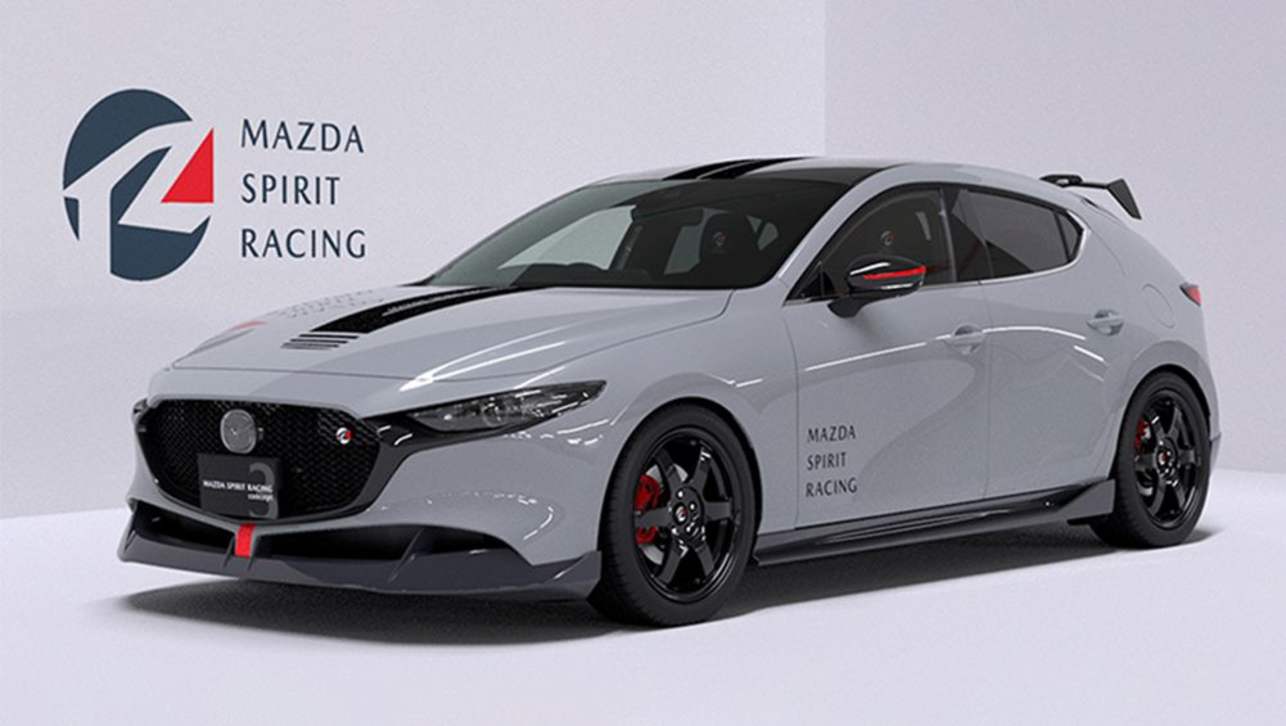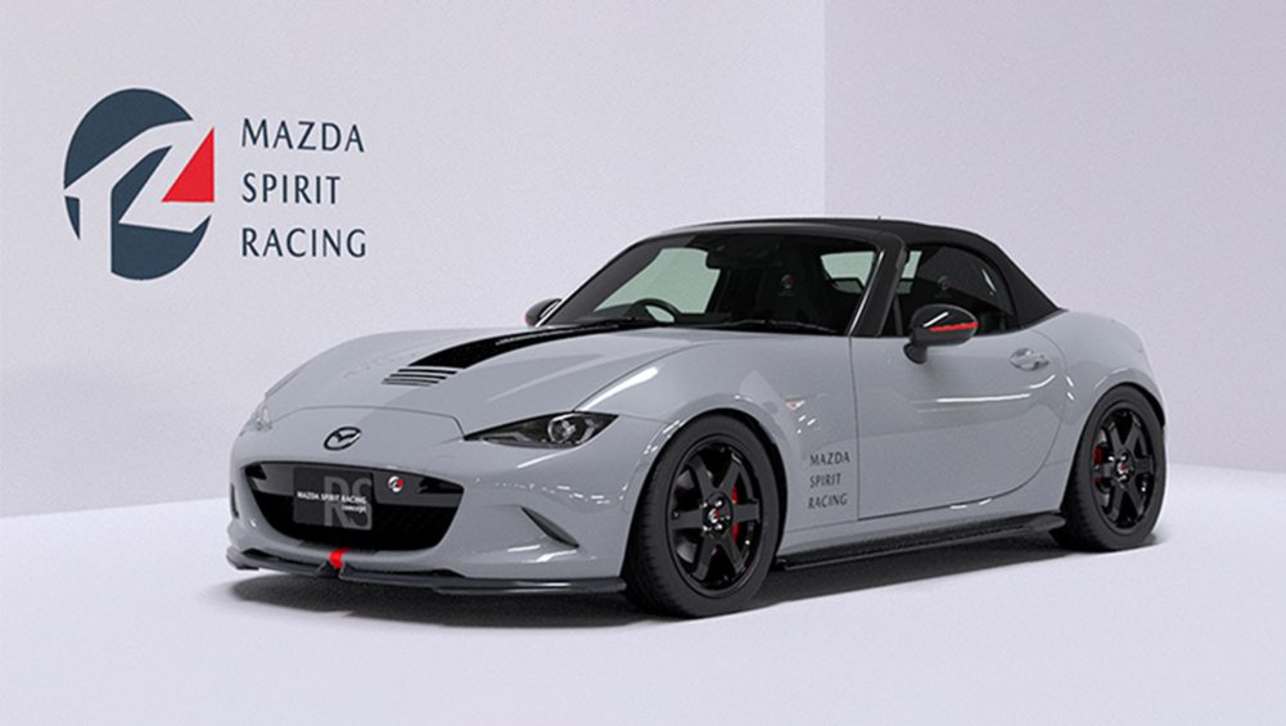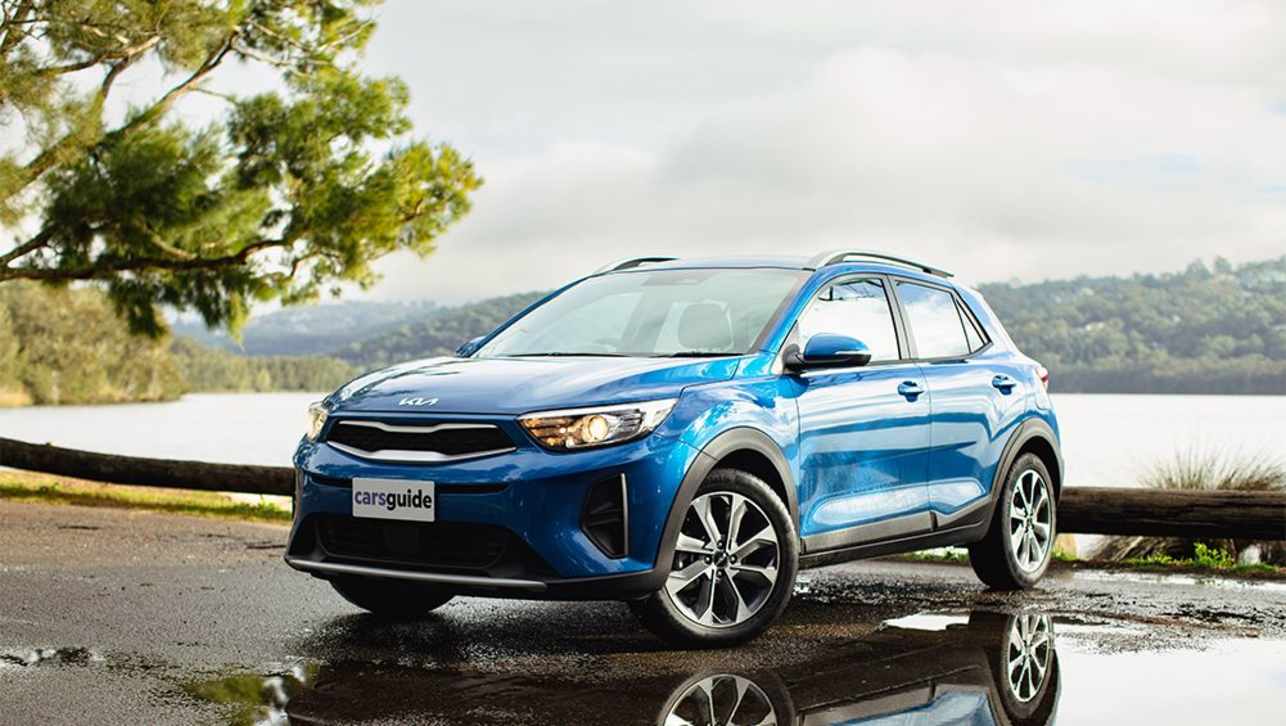Mazda has come up with new technology that will make average motorists seem like good drivers.
There is just one catch. By the company's own admission, the electronic guardian angel is "imperceptible".
It works like this: as the driver starts to turn the steering wheel when entering a corner, the car's on-board computer discreetly cuts the slightest amount of engine power in a matter of milliseconds.
This has the effect of putting a fraction more weight (up to 5kg) over the front tyres. This in turn gives the front tyres slightly more grip and creates a more secure cornering feel.
For all its merit, the technology is so subtle it's only visible on a computer graph.
It's a technique used by race car drivers to make faster turns but Mazda plans to roll out the technology across its entire passenger-car range.
The Mazda3 sedan and hatch — among Australia's top selling cars for the past five years — will be first with the technology when updated models go on sale locally later this year.
Called G-Vectoring, the software will be fitted to each new model as it is due for an update.
The Mazda6 mid-size sedan and wagon and the CX-5 soft-roader are next in line to take in the changes, before every model all the way through to the MX-5 sportster gets the technology.
For all its merit, the technology is so subtle it's only visible on a computer graph. Customers are unlikely to feel it on a test drive around the block.
Mazda invited international media to events in Japan, Europe and North America to sample the technology simultaneously.
CarsGuide tested the Mazda6 at the Laguna Seca Raceway near Silicon Valley, California's technology hub. This involved half a dozen lengthy and tedious exercises aimed at highlighting the software's effects.
It was difficult to distinguish when the mode was activated and when it was not.
Customers will not be able to switch the technology on or off but Mazda modified the test vehicles so we could, in theory, experience the difference.
After a day of testing, Mazda admitted some of its own staff also could not distinguish the new driving mode.
However, Mazda claims the technology can even help drivers keep the car in the straight ahead position on a bumpy road. Good drivers with steady hands won't notice the difference, according to the graphics we saw, but drivers who aren't paying close attention or who have a loose grip of the wheel may benefit.
Mazda has spent eight years developing the technology — which processes 200 bits of information per second — and has patented the design.
Its closest counterpart to date is cruise control that slows the car slightly as the steering wheel is turned at freeway speeds. G-Vectoring has a similar effect but cruise control does not need to be activated for it to operate.
The car maker claims the device will not increase fuel consumption (as the vehicle regains speed) because the assistance leads to smoother driving.
Mazda may not have reinvented the wheel with this technology but it promises to make better use of it.
What do you think of Mazda's G-Vectoring technology? Tell us in the comments below.





.jpg)
.jpg)



.jpg)
.jpg)

.jpg)


.jpg)


.jpg)

.jpg)



.jpg)




Comments